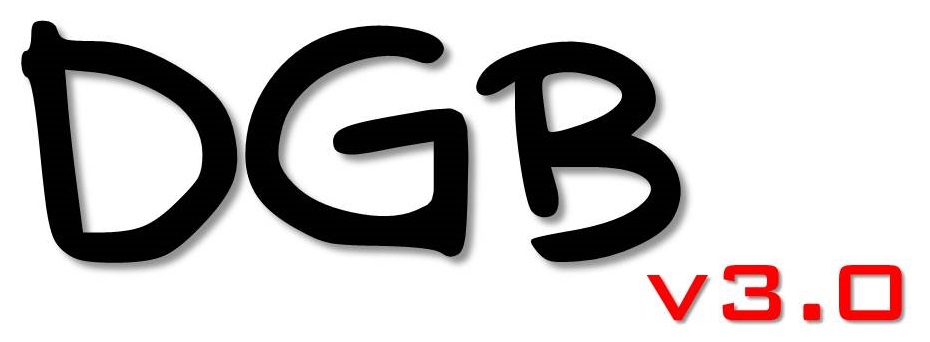In a recent piece I wrote for Glass Times this month, I brought up the subject of U-Values. I do believe that in 2014 U-Values will become a more legitimate sales tool for the industry to the general public.
U-Values are becoming more and more mentioned in general conversation within the industry and over the next 12 months I think they are going to be more widely used. For two reasons. Firstly, it is now almost universally accepted that U-Values are a far more accurate way to measure the energy efficiency of a window and that message is going to start to get out there into the world. Secondly, although it is a good thing the BFRC has added the A+ rating to their certificates, I fear that such things may be diluting the significance of the certificates themselves.
As more and more companies eek out every drop of efficiency out of their products, so their A ratings will go up. But at what point does a customer stop taking A ratings seriously? Would you buy an A+11 rated window over an A+30 rated windows? I think most customers would see both as two very high quality products with the numbers becoming less significant at that point.
On a personal note, I am finding our own customers asking more and more about the U-Values of our windows. Maybe not on the same level as questions about A ratings, but interest in U-Values is certainly on the increase and I think next year that upward trend is going to continue. All being well, an increased interest in U-Values might spur on more product development to increase the efficiency of our products further.
Overall, more emphasis on U-Values can only be a good thing for our industry. By using the more accurate measurement I think we can portray a slightly more professional image of an industry and help educate the consumer as to what is the better way to analyse the efficiency of the plethora of products out there.






I am delighted that you are taking this action. The truth is that Energy Ratings are a sales gimmick, and it would be helpful if our industry would admit that. A+ ratings are a complete nonsense.